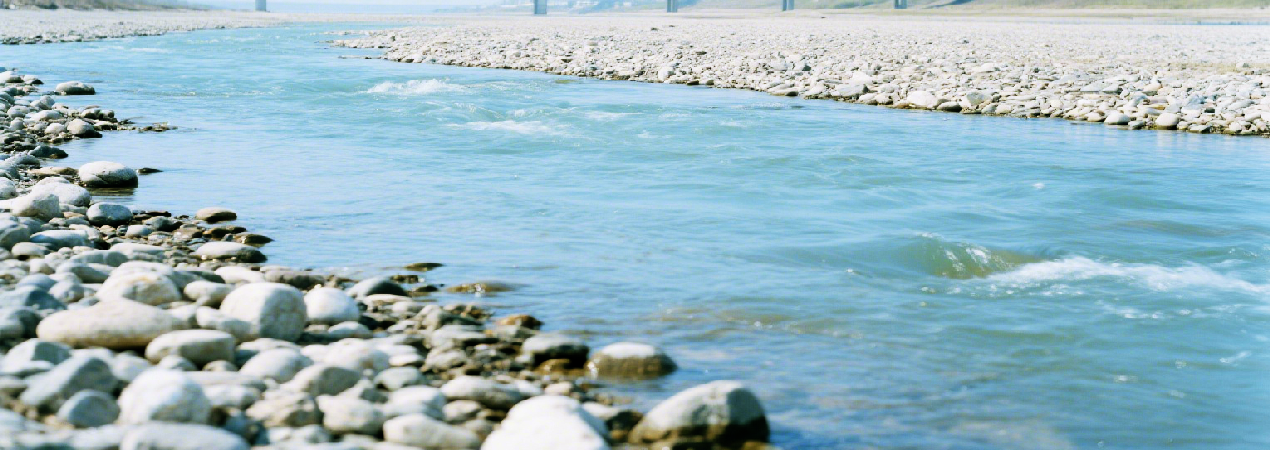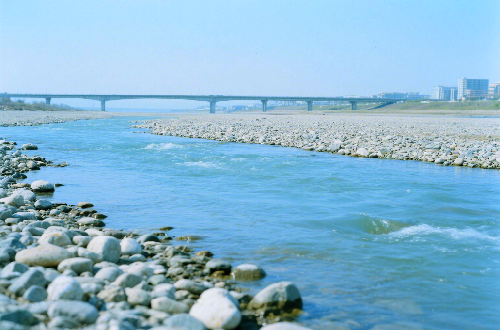Yulong Kash River / White Jade River

The Yulong Kash River (White Jade River) is located in the Hotan region of Xinjiang. It attracts numerous tourists with its abundant jade resources and magnificent natural scenery.
- Chinese name: 玉龙喀什河 Yù Lóng Kāshí Hé
- Suggested time: Half a day to a day
- Ticket: Free
- Open hours: Open all day
- The best time to visit: From late spring to early autumn (around April - October). During this period, the weather is relatively warm, and the river scenery is at its best. But be cautious during the flood season in summer (usually June - August), as the water level may rise suddenly.
- Address: Runs through Hotan City, Xinjiang Uygur Autonomous Region, China. It originates from the Kunlun Mountains and flows into the Taklamakan Desert.
- How to get there: It is recommended to drive by yourself to enjoy the beautiful scenery along the shore.
Highlights of Yulong Kash River
Yulong Kash River
 Yulong Kash River
Yulong Kash RiverAlso known as the White Jade River, the Yulong Kash River originates from the Kunlun Mountains and eventually flows into the Tarim River. With a total length of 504 kilometers, it passes near Hotan City and is world-famous for the abundant Hetian jade produced along its banks. Hetian jade, one of the four famous jades in China, has been a treasure of royal families and nobles since ancient times. Its delicate, mild and smooth texture as well as unique color make it a coveted artwork among collectors and artists.
Every summer, the snow in the Kunlun Mountains melts, forming floods that rush to the lower areas. Glaciers continue to split and collapse, and jade gravels and ice blocks roll down into the Yulong Kash River. After thousands of years of washing and polishing by the river, the jade gravels turn into suet jade and white jade seeds, making the Yulong Kash River a river flowing with wealth—the White Jade River.
The White Jade River is a major producing area of white jade, with 36 types of Hetian jade including sapphire, bluish white jade, yellow jade, jasper, and white jade, among which the most precious is the suet jade collected from the river.
Jade Beach
 Hetian jade
Hetian jadeThe Jade Beach is one of the most famous attractions of the Yulong Kash River. It is the best place to find Hetian jade. Every spring and autumn, thousands of tourists gather here, hoping to find a piece of "precious jade" that belongs to them. There are many kinds of stones on the Jade Beach, including green jade, white jade, jasper, etc., and each piece may contain surprises.
It should be noted that June to September every year is the flood season, which is not suitable for jade collecting. During the flood season, jade will flow into the riverbed with the flood. After the flood recedes, many treasure hunters will come here to look for jade.
Educational Value
The Yulong Kash River is an important producing area of Hetian jade, and the formation of Hetian jade is closely related to plate movement and metamorphism. The jade in the river comes from the metamorphic rock series of the Kunlun Mountains in the upper reaches. After weathering, erosion and transportation, it is deposited in the riverbed. By observing the raw jade stones and rock debris in the riverbed, one can intuitively understand geological processes such as mineral formation, the rock cycle and exogenic geological processes.
Activities to do at Yulong Kash River
Picking up jade: There are raw jade stones that have been washed by the water on the river beach. You can stroll along the allowed sections of the river beach, try to find small pieces of jade or rare stones, experience the fun of treasure hunting, and learn about the morphological characteristics of Hetian jade.
Visiting jade markets: There are many jade shops and stalls around the river. You can appreciate various finished Hetian jade products and raw stones, communicate with local jade merchants, learn basic knowledge of jade identification, and feel the unique charm of jade.
Note:
Although the Yulong Kash River provides tourists with the opportunity to pick up jade, there are also some regulations that need to be followed. Tourists who want to pick up jade on the Jade Beach must first apply for a permit. The permit can be obtained at the local tourism bureau or designated travel agencies. In order to protect the ecological balance of the river, mechanical tools are not allowed to be used for excavation. Only visible jade on the surface can be picked up by hand. When picking up jade, please pay attention not to damage the surrounding vegetation and environment, take away garbage, and keep the river clean.
Drop us a line and we'll connect you with the top China expert in no time!